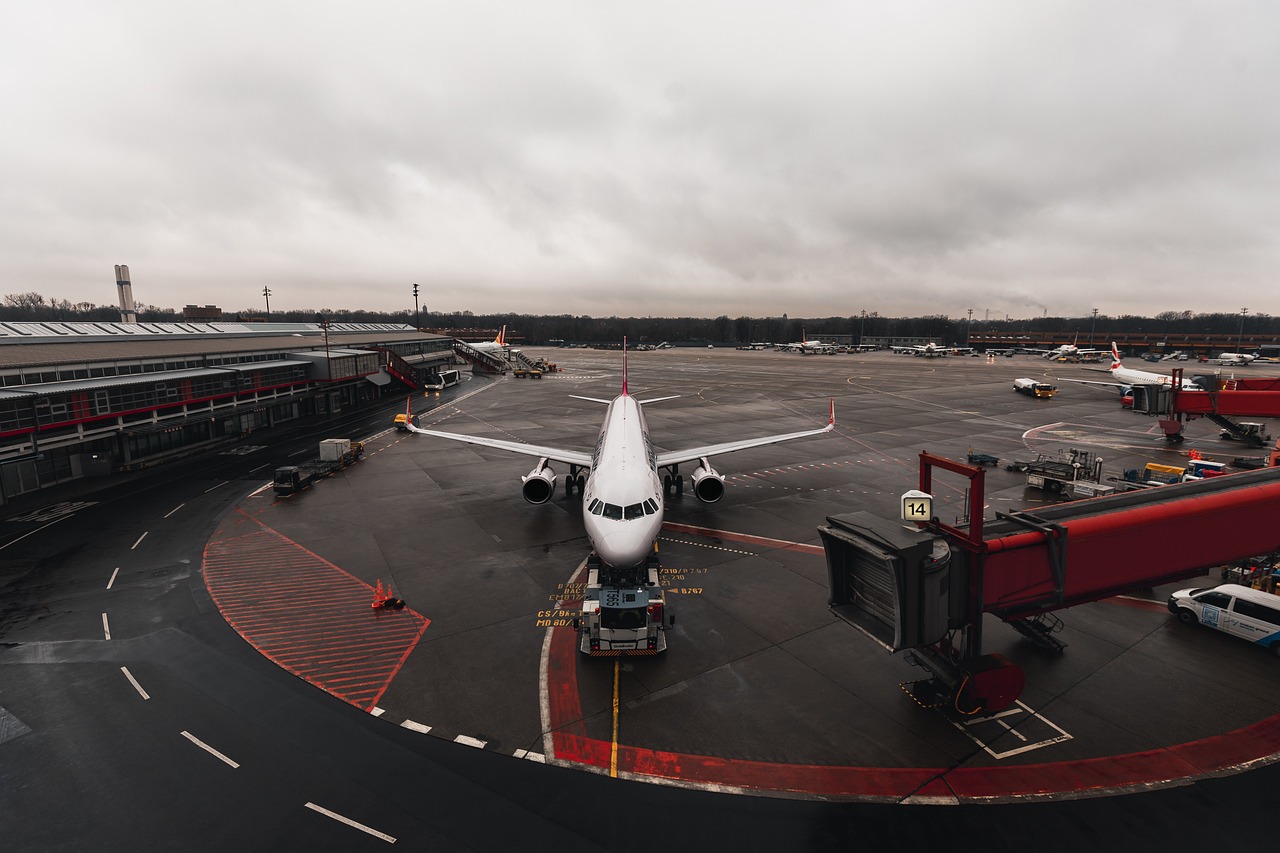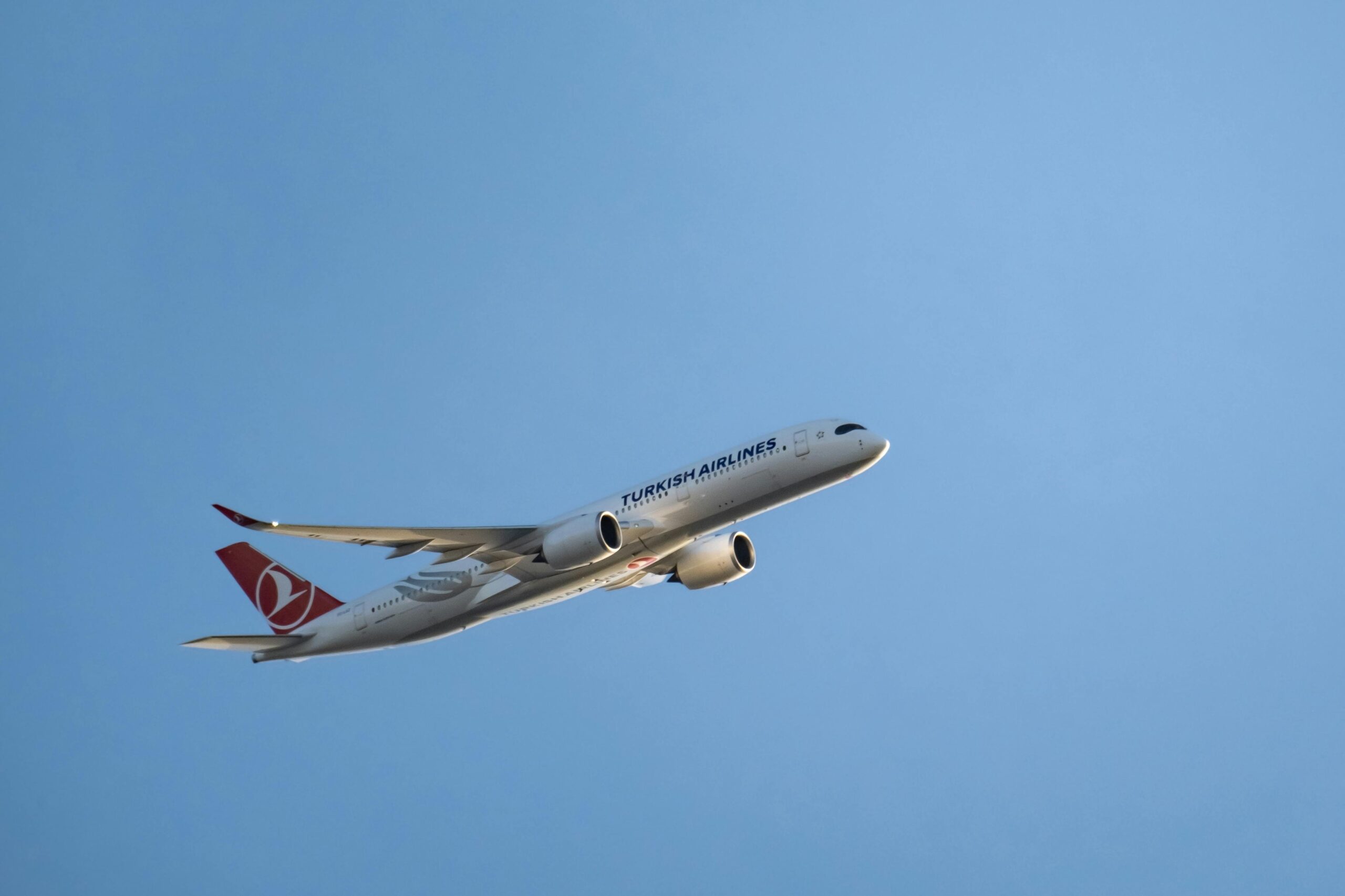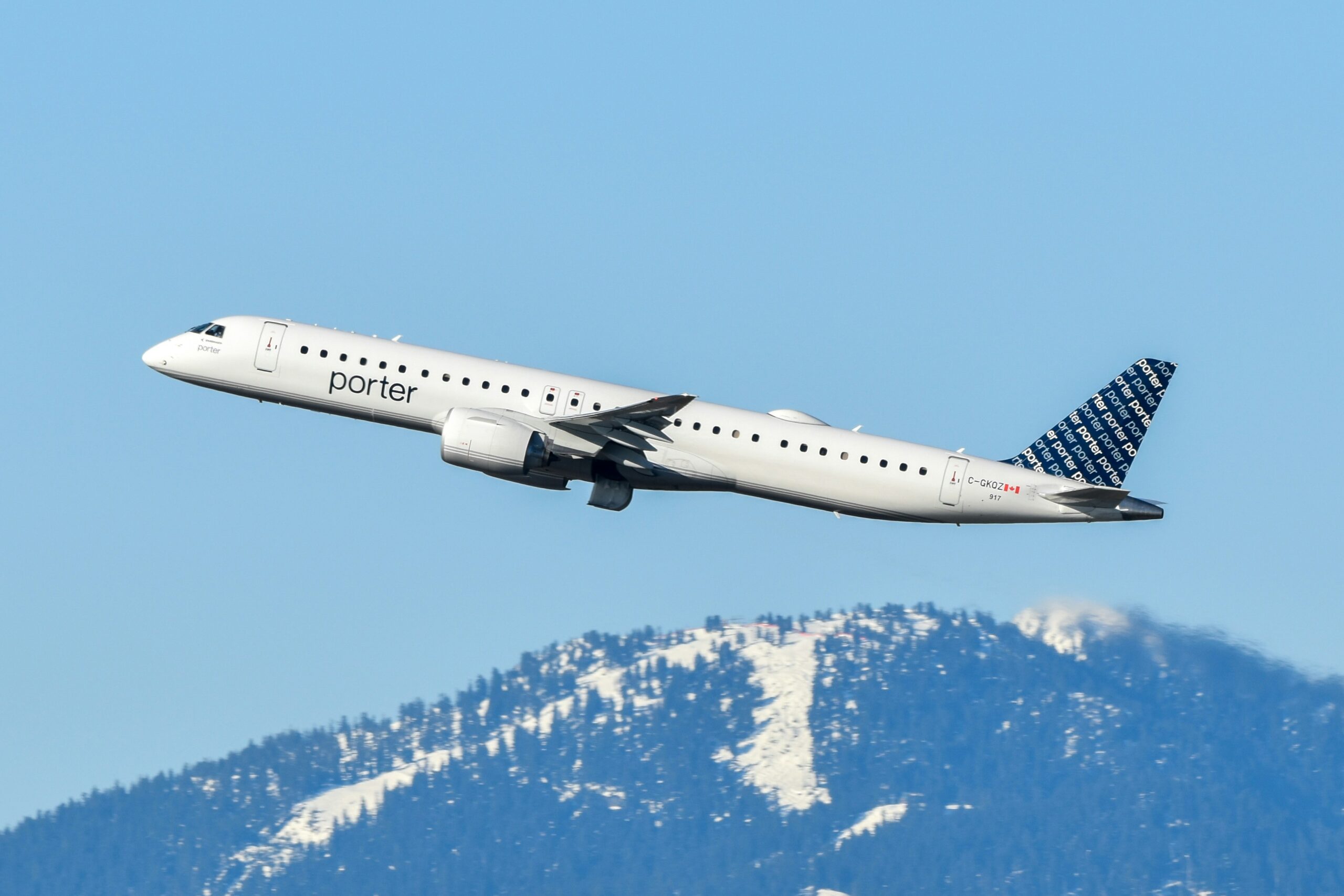India’s aviation industry witnesses a major change with the reopening of 32 airports in the northern and northwestern regions. This follows a period of heightened security concerns that temporarily closed the airports. Major hubs, such as Srinagar, Chandigarh, and Amritsar, resume air traffic operations. This marks the end of disruptions that affected both domestic and international flights.
The closures happened due to increased military tensions between India and Pakistan, especially after airstrikes. These restrictions began in May, initially closing 24 airports and later extending to 32. The reopening follows a ceasefire agreement between India and Pakistan, which ensures safe air travel in these regions.
The reopening enhances connectivity within India and internationally. It supports regional economies, particularly in Jammu & Kashmir, Ladakh, and Himachal Pradesh. These areas depend on air connectivity for trade and tourism. Jammu & Kashmir faced logistical challenges due to the lack of air links. The reopening boosts tourism and business sectors in these regions.
Airlines like IndiGo and SpiceJet plan to restart operations to these airports. This move will improve regional connectivity and provide relief to travelers seeking alternate routes. The reopening also reflects a positive shift in India-Pakistan relations, supported by the successful ceasefire agreement.
Indian authorities will focus on strengthening aviation infrastructure. They will implement operational upgrades to handle growing passenger traffic. These efforts will ensure that the reopened airports meet safety and operational standards.
Related stories:
Catch up on the top stories and travel deals by subscribing to our newsletter!












Leave a Reply